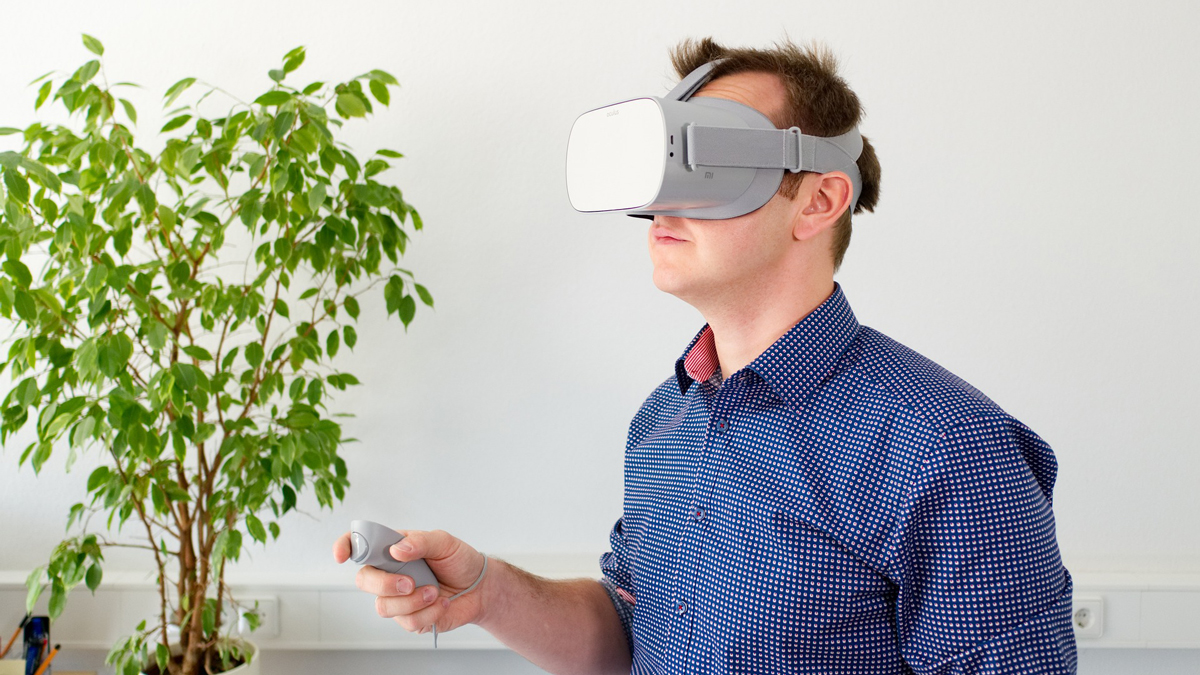Could digital therapeutics provide a solution against opioid abuse?

Digital therapeutics are rapidly coming into the foreground to treat a variety of conditions. Ben Hargreaves discovers how chronic pain could be a key area for digital therapeutics, as they offer non-addictive and effective relief from the condition. The struggle to manage pain for individuals has been one that goes back a long way in history, with one of the earliest recorded medical prescriptions being for opium. Treating pain has always been complicated because often the most effective solutions come with their own risks. Opioids have been used for centuries as a means of pain relief and for use as a surgical analgesia. Though it provided a solution, opium also brought with it physical and psychological dependence. In many ways, medicine has advanced rapidly and in myriad ways over the last few decades, and yet the opioid epidemic in the US proved that the challenge of helping patients in pain remains a difficult one to address. The most common solutions today for pain relief are non-steroidal anti-inflammatory drugs (NSAIDs) and opioids, meaning that standard treatments have not changed for a number of years. The difficulty stems from the complexity with which pain presents itself in different individuals, most specifically when attempting to provide solutions to chronic pain. This is a significant issue, as research has shown that more than one in five adults in the US is living with chronic pain. In chronic pain, often the affective-motivational dimension of pain becomes dominant – which is the element that encourages people to take protective action, even though in chronic pain this is not an effective reaction. This leads to psychological harm becoming a significant factor in chronic pain, alongside the physical symptoms. This is why opioids are effective, as they act on all levels of the pain neural circuitry. The problem is that opioids do not work in the long-term, and this has led to a search for alternatives. The potential for a digital solution At the beginning of this year, the US Food and Drug Administration (FDA) issued draft guidance to provide recommendations to companies developing non-addictive alternatives to opioids. The move was part of a strategy the agency has adopted to confront opioid addiction by encouraging the development of alternatives to opioids, thereby reducing or eliminating the need for opioids. One way it could be possible to develop non-addicting but effective solutions for chronic pain is through digital therapeutics, or DTx, as they are also known. The advance of digital therapeutics has been rapid, from the first approval for Pear Therapeutics’ reSET product in 2017 to the current situation where thousands of DTx are currently being tested in trials. Chronic pain is a key target for a significant portion of these types of therapeutics, due to the differing ways in which they can help those individuals suffering from the condition. One example is that digital therapeutics are able to collect real-time data on the pain that patients are experiencing, which can be tracked through wearable devices or simply through user input on a smartphone application. Another key way DTx can improve chronic pain is by helping patients to manage lifestyle factors that have the potential to exacerbate chronic pain diseases. Digital therapeutics can also provide patients with education on their condition and help to maintain motivation to stick with treatment plans. DTx in action One company that is applying digital therapeutics to chronic pain is Jogo Health, which has developed solutions for pelvic pain, migraine/tension type headache, and chronic lower back pain. In September 2022, the company announced that its therapy, Jogo-Gx, to treat non-specific lower back pain, had achieved statistically significant benefits to patients. The study lasted one year and assessed patients with back pain who had received traditional treatments prior to using Jogo-Gx. Compared to baseline waitlist comparison groups, the patients using the digital therapeutic showed positive results in pain intensity, pain interference, and lower back pain reduction. Siva Nadarajah, president and co-founder of Jogo Health, explained to pharmaphorum how the digital therapeutic operates: “Jogo-Gx uses wearable sensors and an AI-based app to help patients break the pain-anxiety-muscle tension cycle through the process of neuroplasticity. Patients use Jogo-Gx at home and meet with the clinician once a week for eight weeks via telemedicine to progress through the treatment. Studies show reducing muscle tension naturally breaks the pain-anxiety-muscle tension cycle, eventually reducing pain.” A benefit of this approach, according to Nadarajah, is that though the therapeutic can be used alongside traditional painkillers, the company’s real world studies show that patients using the digital therapeutic are able to reduce painkiller dosage and potentially stop them completely. In a situation where there is a general shift away from relying on strong painkillers, it offers promise of an alternative solution. Nadarajah previously stated that opioids, such as Tapentadol ER and Oxycodone CR, were less effective at relieving pain when compared to Jogo-Gx – though this was not confirmed through a head-to-head study. Making breakthroughs Jogo Health’s solution is already commercially available, after Jogo-Gx received US Food and Drug Administration (FDA) 510k exemption to enter the market in March 2020. However, there have been numerous approvals across the DTx space. According to DelveInsight, since Pear Therapeutics’ first approval for its device in 2017, there are now more than 35 digital therapeutics approved by the US Food and Drug Administration (FDA) on the market. Some of these approvals have occurred in the pain management area. RelieVRx became the first FDA-authorised treatment for pain delivered at the patient’s home through virtual reality (VR) in November 2021. The treatment is indicated to provide adjunctive treatment based on cognitive behavioural therapy skills and other evidence-based behaviour for patients with chronic lower back-pain. It is delivered to patients through a VR device delivered in seven-minute sessions, over a period of eight weeks. In clinical trial results, two out of three patients had a clinically meaningful reduction in pain intensity and close to half experienced a 71% reduction in patient intensity on average. According to AppliedVR, the company behind the product, no serious adverse events were reported during trials and the pain relief was sustained at a three-month testing period. The latter two benefits are where the impact of digital therapeutics could really be felt in the future. Being able to provide effective pain relief, as evidenced by the FDA’s approval, which does not require constant treatment and does not have significant adverse events, offers serious benefits over traditional painkillers. For sufferers of chronic pain, this option represents a low-risk manner in which to potentially address their condition. Even when opioid treatments are necessary to maintain control over pain, already studies have shown that VR and mobile apps are able to be an effective adjunct therapy that can improve opioid tapering. As the technology behind digital therapies continues to accelerate, it seems likely that more use cases will be found and more effective therapies developed, so that they could become a firm part of the armoury against chronic pain.













